If you live with diabetes, you know a lot about food and other lifestyle choices to optimize your health and manage your blood sugar. You know that an active lifestyle including daily exercise is vital to diabetes management, and you know that a diet low in saturated fat and cholesterol, high in fiber, and low in sodium contributes to a healthy heart. While making the best choices possible to manage diabetes can be a challenge, every small choice is a big opportunity to enhance overall health. These five smart food swaps are small choices that yield big opportunity to help manage diabetes – give them a try.
1) Swap out rice. Swap in quinoa.
Brown rice is a more nutritious option than white rice. Brown rice is high in fiber, offering two times the amount of dietary fiber as its refined counterpart, in addition to higher quantities of many micronutrients such as zinc, folate, potassium, and magnesium. Quinoa (pronounced, keen-wah) is equally as versatile as brown rice with an even better nutritional profile. With more fiber, protein, and iron per serving, quinoa does everything that brown rice does, only better.
2) Swap out white potatoes. Swap in sweet potatoes.
Potatoes get a bad rap, but this food (produced by the earth and not by a factory) has a lot to offer in the way of nutrition, especially when the skin is left on. If you want to reap the benefits of potatoes without the boost in blood sugar, swap out white potatoes for the sweet variety, and bake or roast them with some olive oil rather than frying. This is counterintuitive, but sweet potatoes actually have a lower glycemic index than white potatoes, creating less of an impact on blood sugar.
3) Swap out large plates. Swap in small plates.
How much food we see has a strong influence on how much food we eat, and people who live with diabetes know better than anyone the importance of monitoring portion sizes. Smaller plates equal less food. When we see a plate filled with food, even if it’s smaller, it gives the illusion of more food. Try swapping out large plates for small plates. Chances are you will feel just as satisfied when you eat less.
4) Swap out meat. Swap in fish.
If you are an avid consumer of red meat, you benefit from this excellent source of iron and vitamin B-12. At the same time, you may not benefit from red meat’s high quantity of (you guessed it), saturated fat. You’ve heard it before and I’ll say it again – take advantage of eating fish twice per week. Hearts love omega-3 fats and fish is an omega-3 star. Salmon, tuna, trout and herring are great sources. Baked fish, fish tacos, and salmon patties are easy ways to swap out meat and swap in fish.
5) Swap out salty snacks. Swap in fresh snacks.
Afternoon snack attacks often beg for something salty or sweet, but the added sodium, fat, and sugar are less than ideal for managing diabetes. Instead, swap out chips, pretzels and other overly processed snack foods for something that is fresh, high in fiber, and filled with nutrition. Pair up raw veggies and/or fresh fruit (with the skin on) with a small handful of nuts for a whole foods snack that is satisfying, nourishing, and filled with dietary fiber, protein, and healthy fats.
NuGo Slim protein bars make a great low glycemic snack. They were tested to have a low glycemic index of only 24. Small changes, like substituting a low glycemic snack or side dish, can make a big difference in managing diabetes.

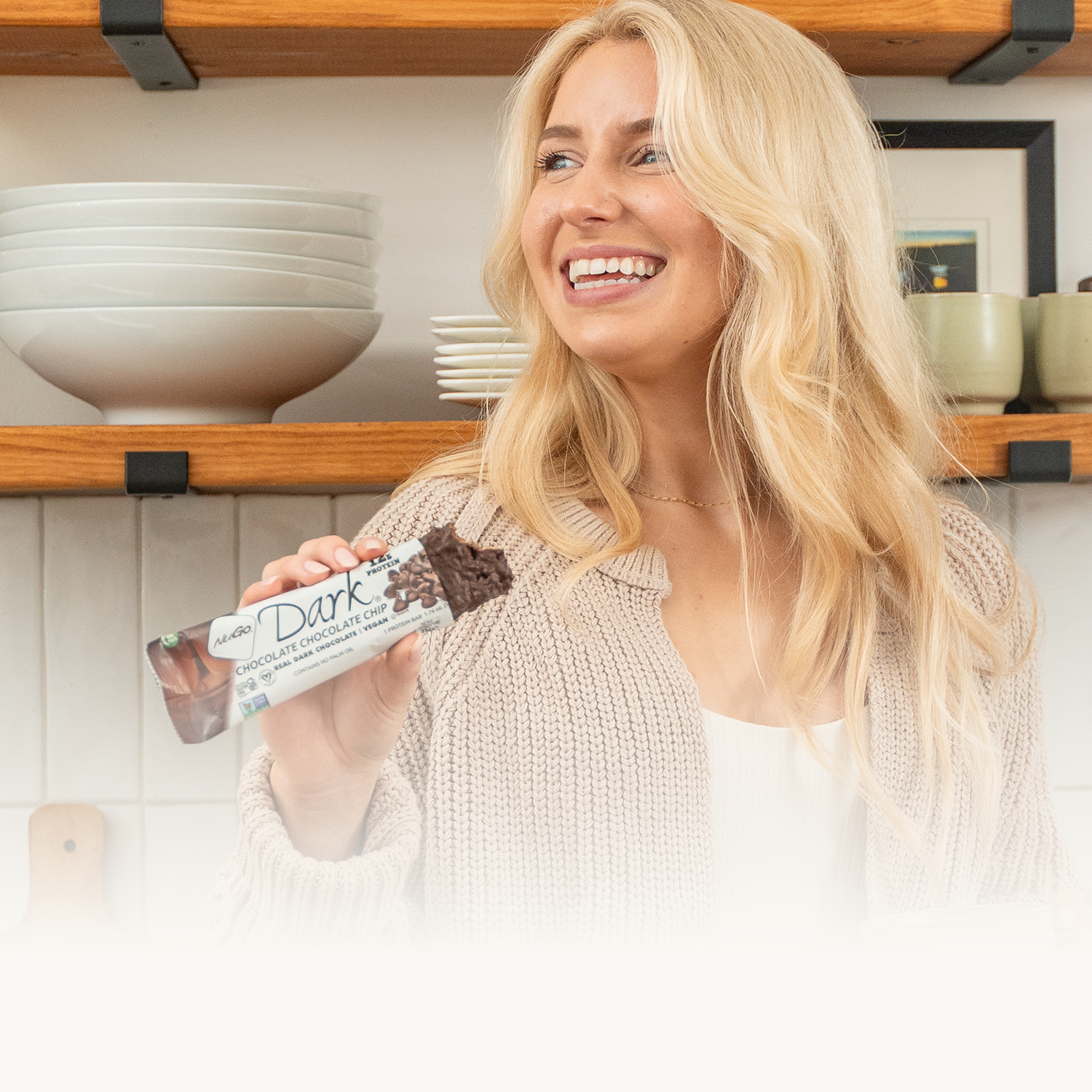
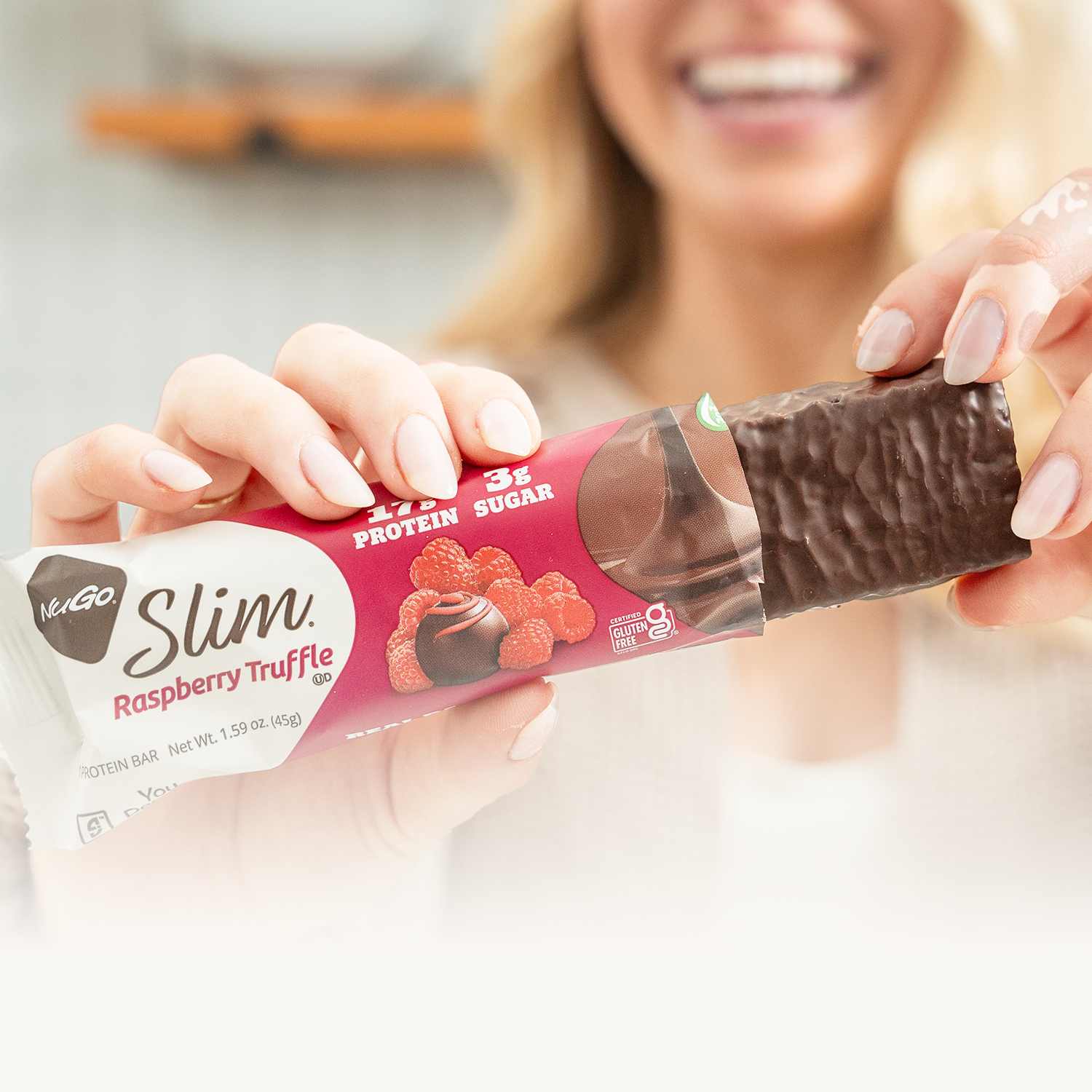
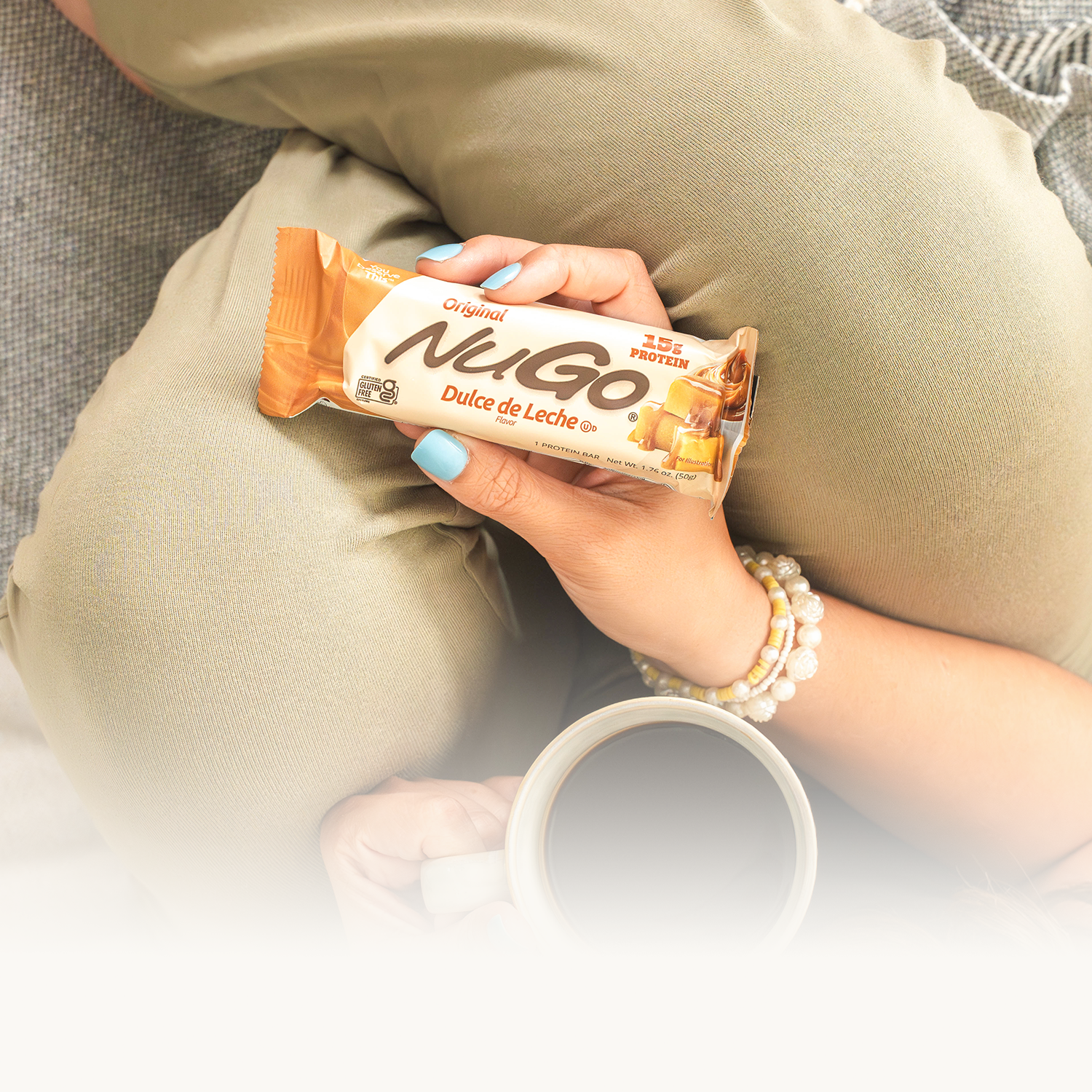

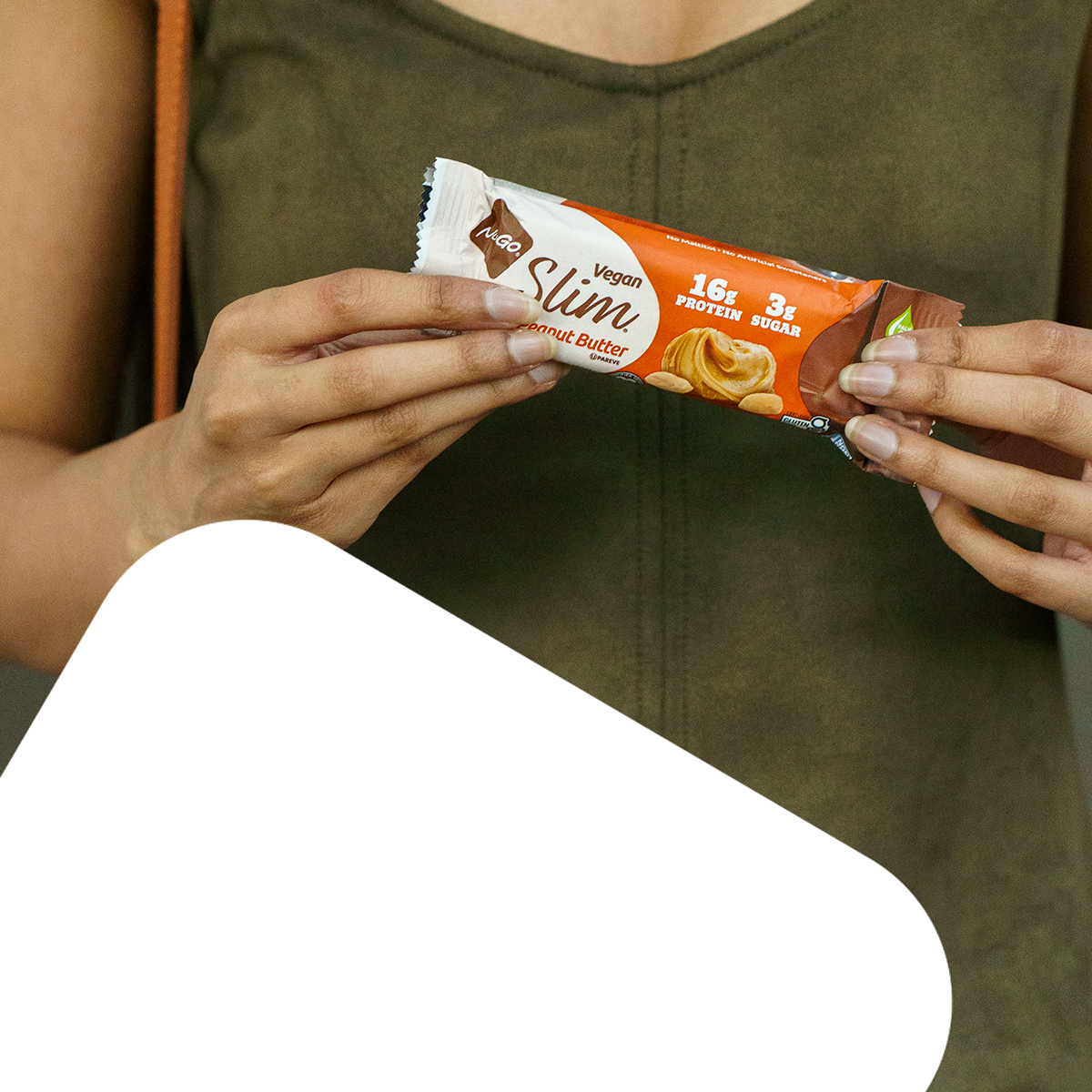
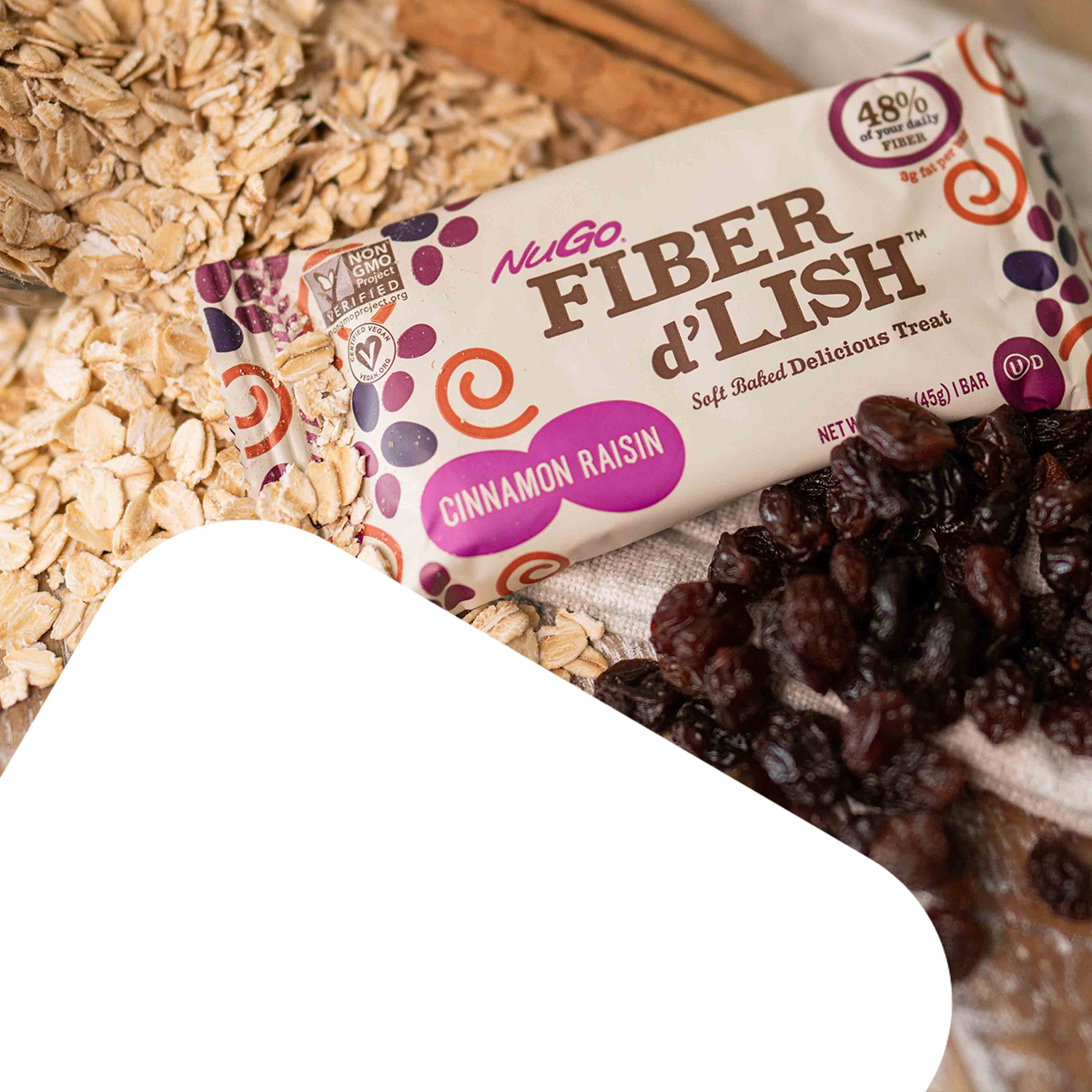
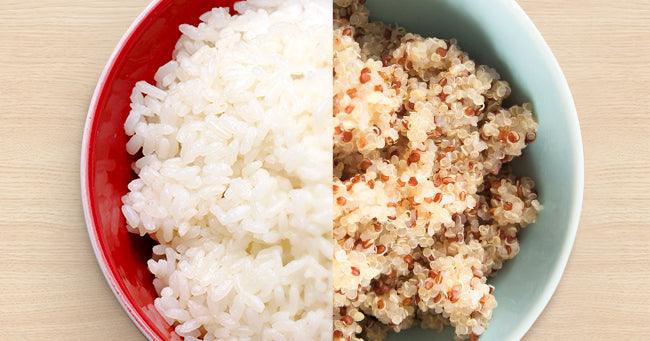
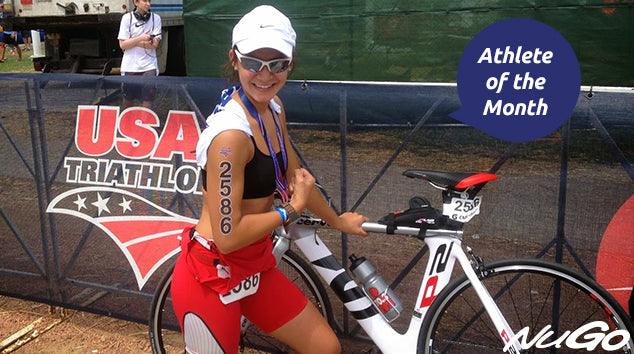

Leave a comment
This site is protected by hCaptcha and the hCaptcha Privacy Policy and Terms of Service apply.